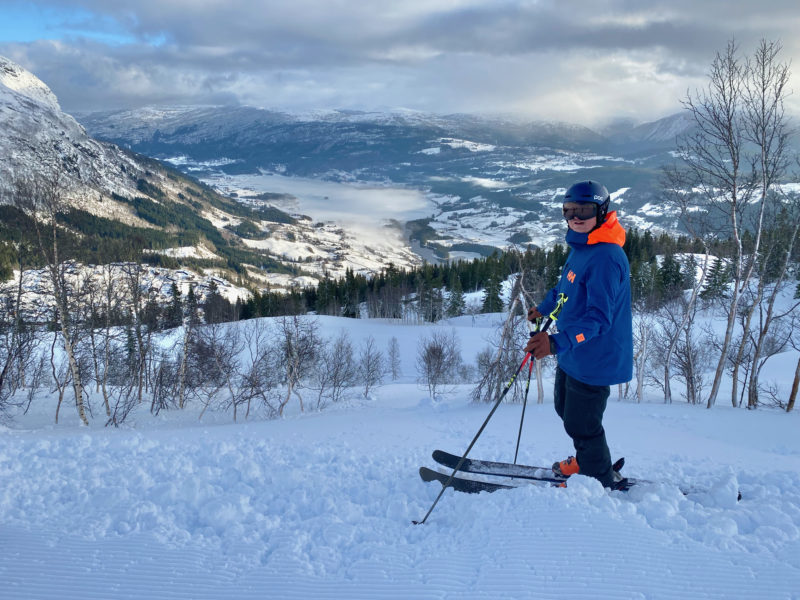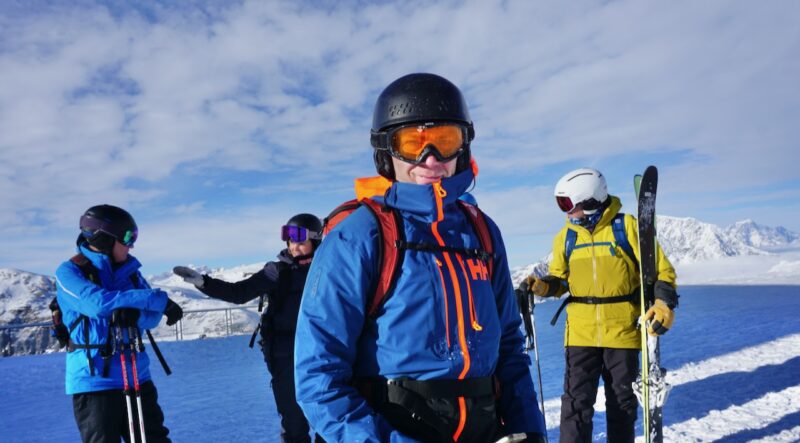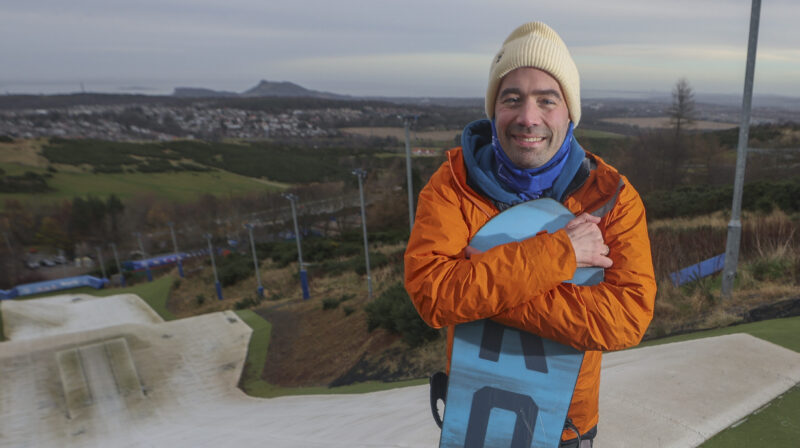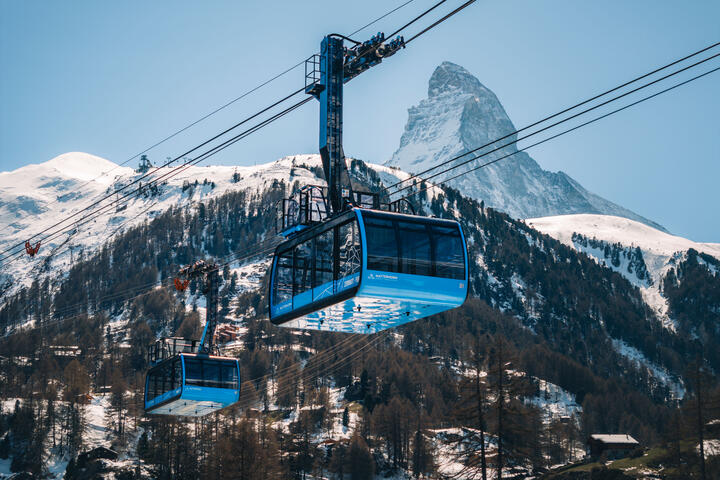International Ski Patrol Day 2024
3rd February 2024 | Katy Dartford, Whistler.
Last modified on February 15th, 2024
Saturday 10th February was International Ski Patrol Day. PlanetSKI looks into the work of Shawn Beaudoin, a ski patroller in Whistler, Canada & sees what’s going on around the world.
UPDATED
Whistler in British Columbia has a team of committed individuals who ensure the safety and security of everyone on the slopes.
As the third International Ski Patrol Day approaches PlanetSKI has been out with Shawn Beaudoin, a seasoned member of the Whistler Mountain Ski Patrol.
Shawn has been working there for an impressive 25 years.
His eyes sparkle when asked about the most rewarding aspect of the job:
“The exhilaration of throwing the bombs ( for avalanche control) is undeniably thrilling,” he says, coupled with the sheer joy of being on the mountain with the sun rising.
However, equally fulfilling is his role within a highly skilled team proficient in diverse domains such as medical aid, search and rescue, and weather forecasting.
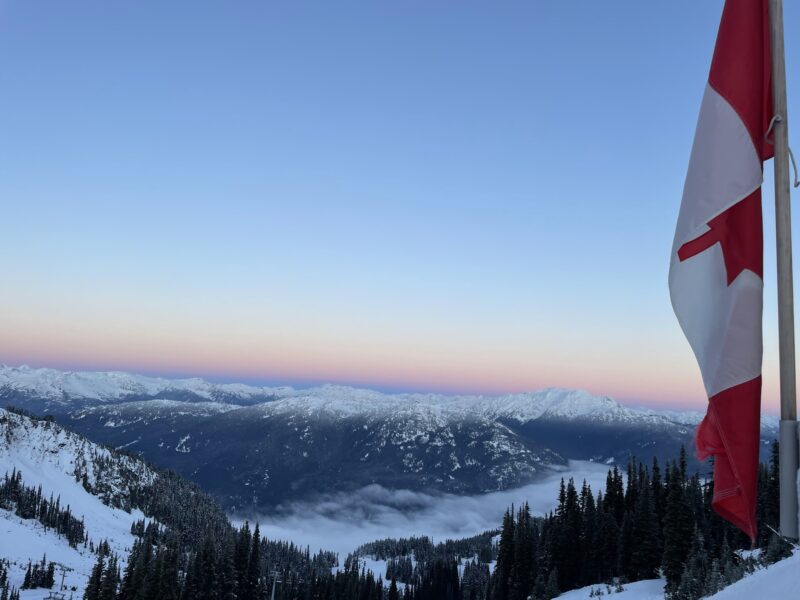
Whistler Canada. Image © Katy Dartford
Shawn didn’t always want to be a ski patroller.
His journey began unexpectedly during his university days when he stumbled upon the perk of skiing for free by volunteering with the ski patrol in Ontario.
This ultimately kindled a passion, leading him to Whistler, where he not only fell in love with the mountains but also found his calling, transforming what was initially a one-year skiing venture into a fulfilling career: “And the rest is history,” he says.
“I do get my lifetime pass soon. I have to make it through this year. And then if I come back next year, my wife and I’ll get a lifetime pass.,” he jokes.
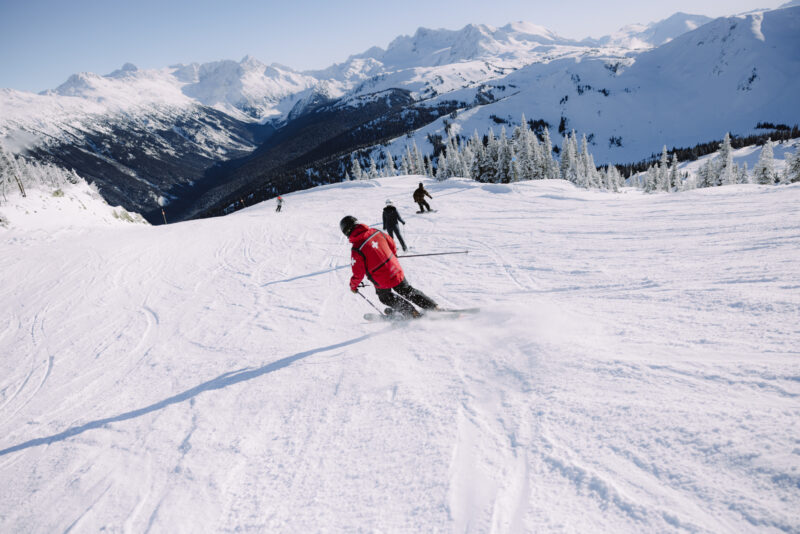
Shawn Beaudoin – Photo © Michael Overbeck
A ski patroller’s role demands good skiing prowess.
Shawn says it’s important to be able to navigate diverse terrains and conditions proficiently, stressing that you don’t have to look good doing it: “You just have to be able to sidestep everything”.
The process of becoming a ski patroller begins with a minimum first aid certification followed by volunteering.
Aspiring patrollers gain invaluable experience by serving on the volunteer patrol for two or three years, before potentially earning a spot on the full-time paid team.
A typical week in the life of a ski patroller is diverse and heavily reliant on weather conditions.
“We work four days a week and you might start as late as 7:30 and come up on the gondola, or you might start as early as 5:30 and drive up on a skidoo,” contingent upon weather forecasts and your designated role of the day.
“So on a nice sunny day, we start a little bit later and ease into our morning.
If it’s a stormy day, then everybody comes in early – everybody has their roles, whether it’s the avalanche forecasting or preparing the explosives or the supervisory team.
Those are typically much busier days, as well as weekends, Christmas holidays and the spring break.”

Shawn Beaudoin – photo © Katy Dartford
The sign of a great day to come. Photo by Shawn Beaudoin of Whistler Patrol #avalanchecontrol #safety pic.twitter.com/R2pjVLfJGC
— Whistler Blackcomb (@WhistlerBlckcmb) January 10, 2014
Nevertheless, the job is not without its challenges.
Shawn reflects on the reality of accidents and injuries.
While the ability to rescue and aid injured skiers remains deeply rewarding, the grim aspect of witnessing someone’s unfortunate skiing mishap remains the most challenging part of the job.
“It’s very satisfying to be able to help somebody and to be able to pull off some of the complicated and intricate rescues … but the worst part of it, is that people get hurt. That’s very sad,” he says.
Some of these intricate rescues often involve locating lost skiers outside the ski area boundaries.
Deploying long-line rescue techniques with helicopters represents one of the most complex procedures that the patrol team handles expertly.
Long-line rescue techniques are: “a style of rescue where we can hang a rescuer on a rope, under a helicopter and lower them into the forest to where the stuck or injured person is and then fly them out,” explains Shawn.
This manoeuvre can be quite involved and just a small subset of the patrol team has that certification to do it, “So that’s probably one of the more complicated things that we could do”.
When comparing ski patrol practices between North America and Europe, Shawn notes a significant difference.
In Whistler, comprehensive avalanche control measures span the entire mountain.
Reassuringly, when skiing within the ski area boundary, whether on or off-piste – “you really don’t have to worry about avalanches.”
While Europe’s terrain mirrors that of Whistler, featuring cliffs, shoots, gullies, and trees, Shawn points out that – “there’s a lot less avalanche control” on European slopes.
He emphasises, however, that although they have marked areas in North America, they will rescue anybody, regardless of whether they are within or beyond the ski area boundary.
Sometimes they will also collaborate with local volunteer search and rescue teams if they need to extend their assistance to areas further afield.

Ski Area Boundary – Photo © Michael Overbeck
Shawn contends that the incidence of accidents in Europe compared to North America is relatively similar.
Reflecting on his 25-year tenure at Whistler, he notes that statistical, ski-related injuries are consistent throughout the seasons with less than one-half of one per cent of skiers needing patrol assistance.
“Some days see heightened activity. Icy conditions may result in a few more slips, while on big powder days, people are going crazy and flying around all over the place. Yet, when considering the entire season, the patterns remain remarkably consistent from year to year.”
Shawn emphasises that while some days may seem like living a dream, every day holds immense significance in ensuring the safety and well-being of skiers.
“Some days it feels like you’re just getting paid to ski. Some days are just standing up like a bamboo and digging ditches in the rain all day. But it’s a fantastic job. I feel super fortunate to be able to have done this this long.”
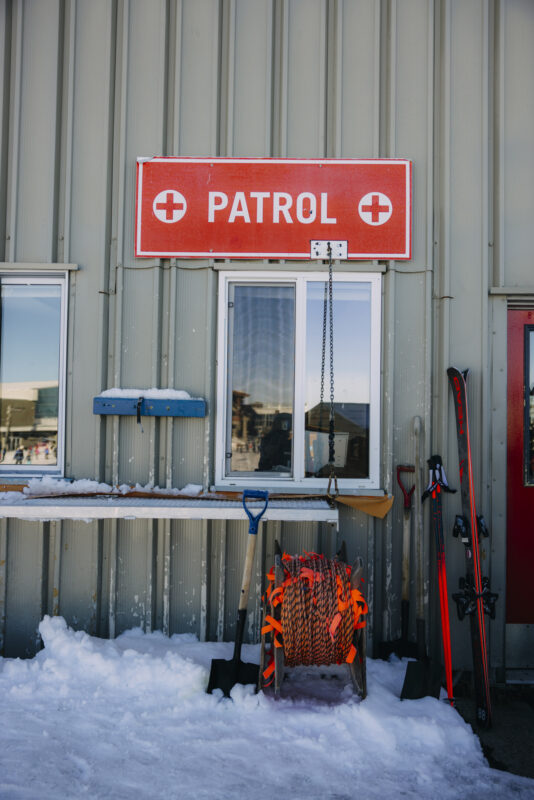
Ski Patrol – Photo © Michael Overbeck
International Ski Patrol Day falls on the 10th of February annually, and global ski brand Helly Hansen is participating in the third annual celebration this year, demonstrating its commitment to recognising and appreciating ski patrollers worldwide.
Oliver Flaser, Category Managing Director for Professional Services at Helly Hansen, expressed gratitude for the tireless work of ski patrollers, acknowledging their dedication to keeping people safe while enjoying the outdoors.
Helly Hansen donated 5 per cent of its revenue from online and select retail store sales during February 9-11, in 2023, to various organisations funding ski patrol support and safety groups internationally.
Furthermore, Helly Hansen shared impactful stories of patrollers worldwide committed to supporting their communities throughout the season.
The goal is to encourage mountain enthusiasts to actively participate in the celebration, expressing their gratitude for ski patrollers through diverse means, ranging from friendly gestures on the slopes to heartfelt messages of thanks and, if inclined, donations.
On this International Ski Patrol Day, PlanetSKI acknowledges the dedication and expertise of ski patrollers like Shawn Beaudoin at Whistler Mountain, as well as commend global initiatives that advocate for the recognition and appreciation of these remarkable individuals.
They tirelessly work to ensure our safety and enhance our mountain experiences.
We say a big thank you.
To learn more about ski patrollers, what it takes to become part of a patrol, and why some call it the best job in the world, visit https://www.hellyhansen.com/ski-patrol.
UPDATES FROM THE DAY:
Last year in January 2023 PlanetSKI editor James Cove went out the piste patrol in Verbier, from dawn to dusk:
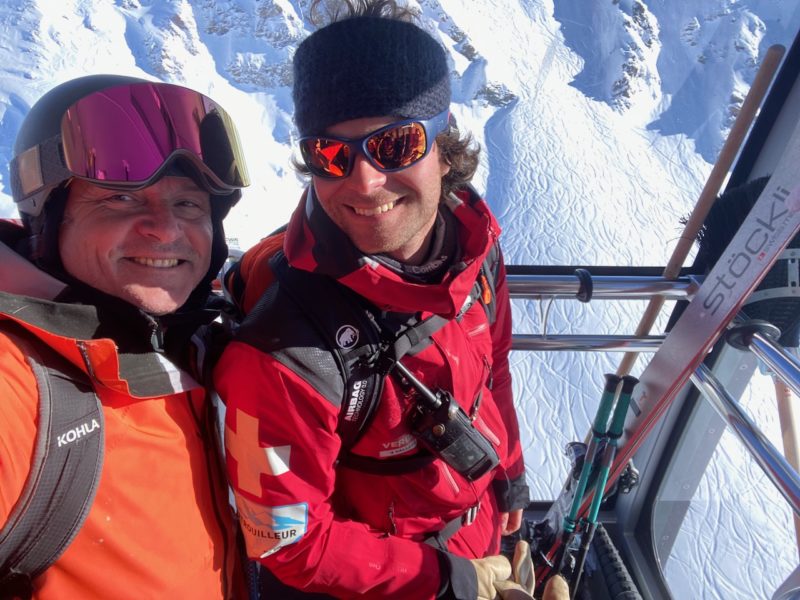
Verbier Piste Patrol. Image © PlanetSKI
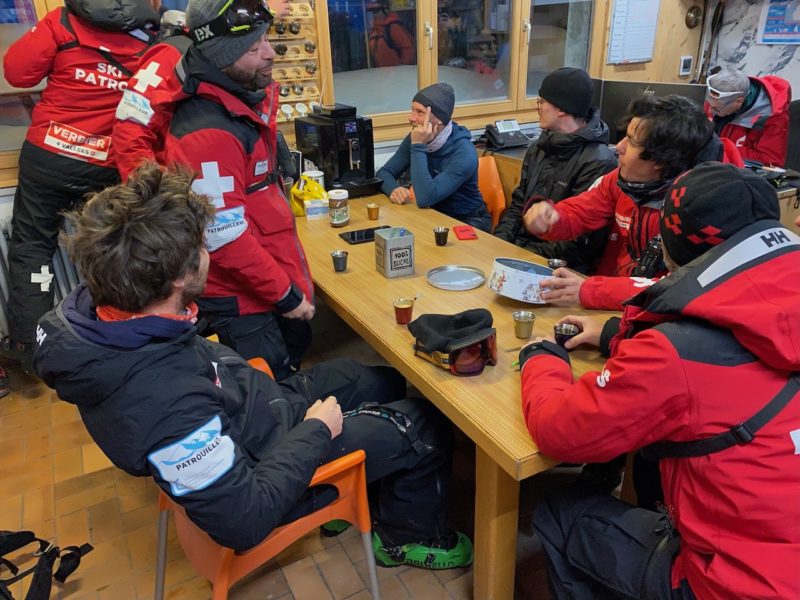
Verbier Piste Patrol. Image © PlanetSKI
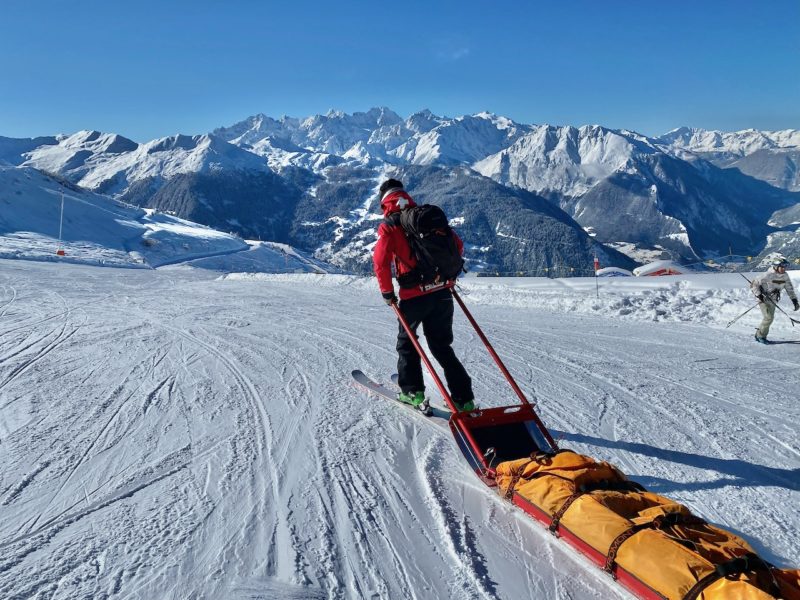
Verbier Piste Patrol. Image © PlanetSKI
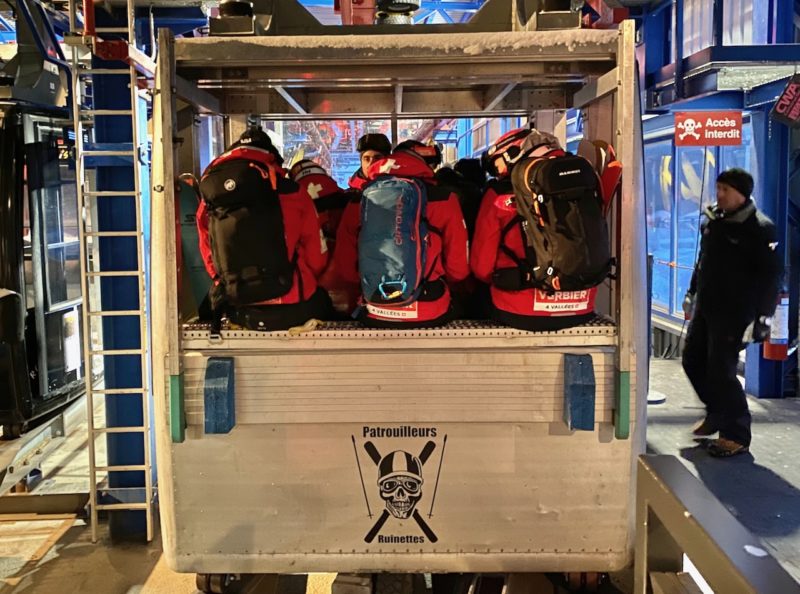
Verbier Piste Patrol. Image © PlanetSKI
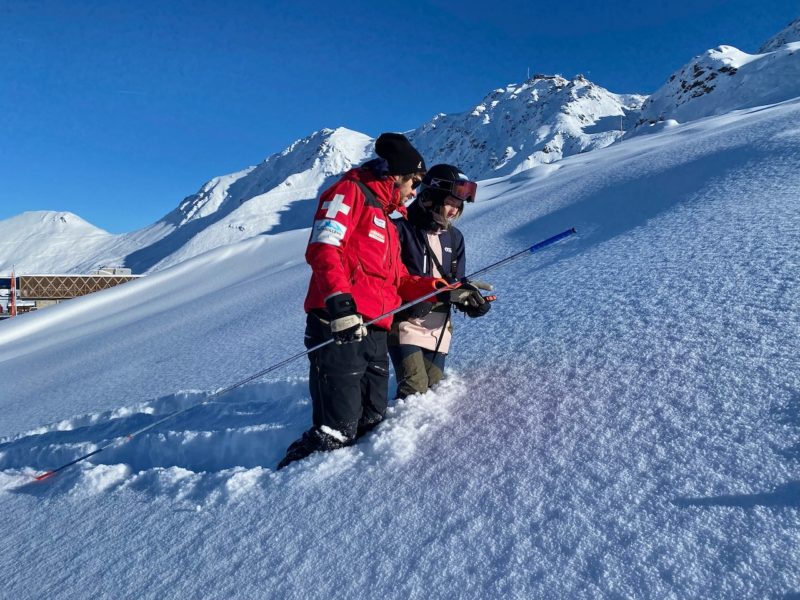
Verbier Piste Patrol. Image © PlanetSKI
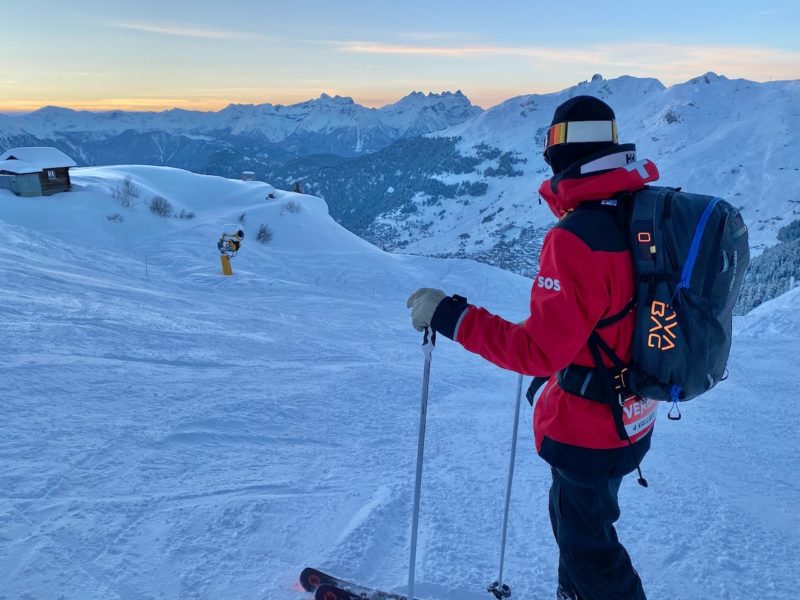
Verbier Piste Patrol. Image © PlanetSKI




